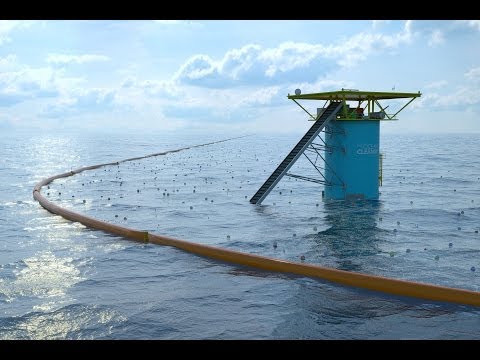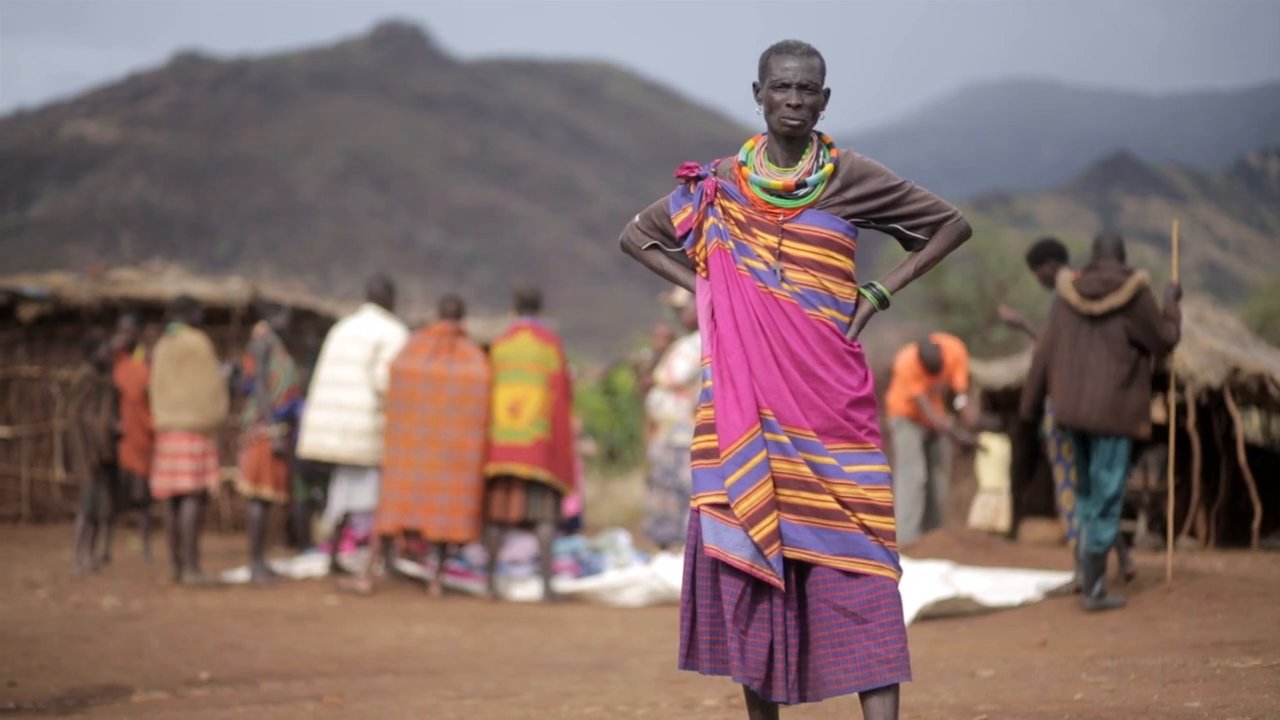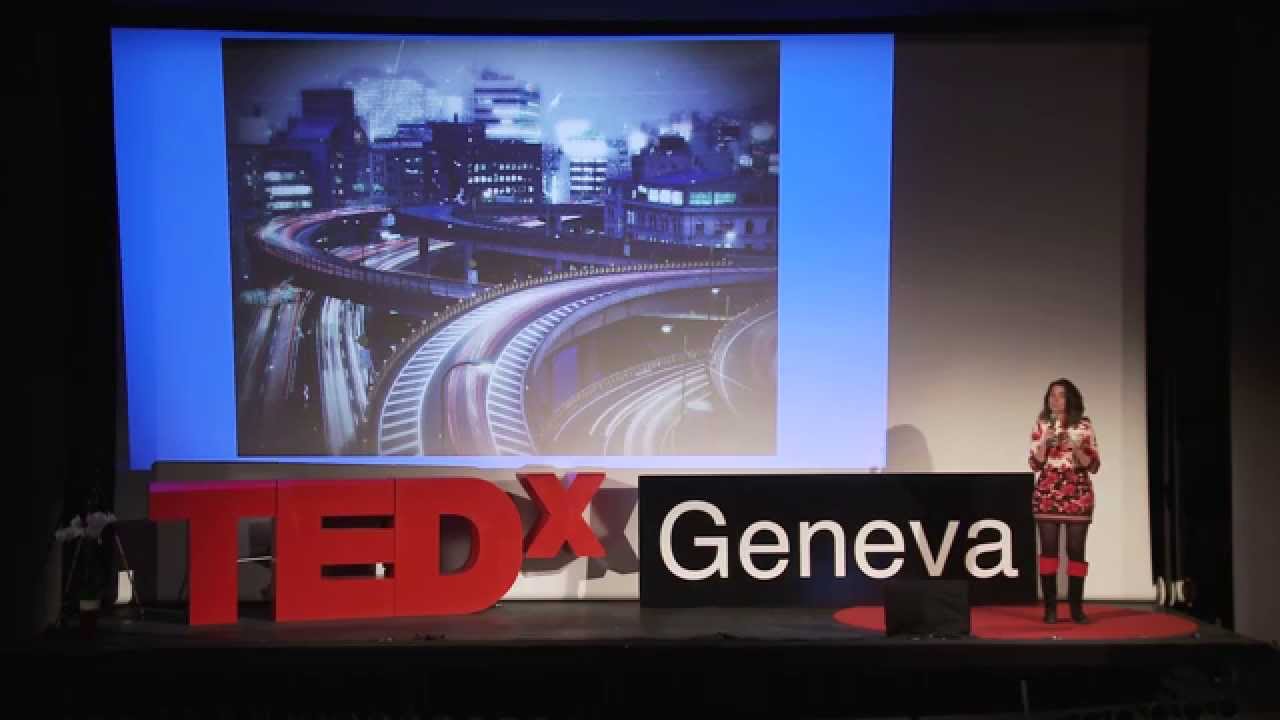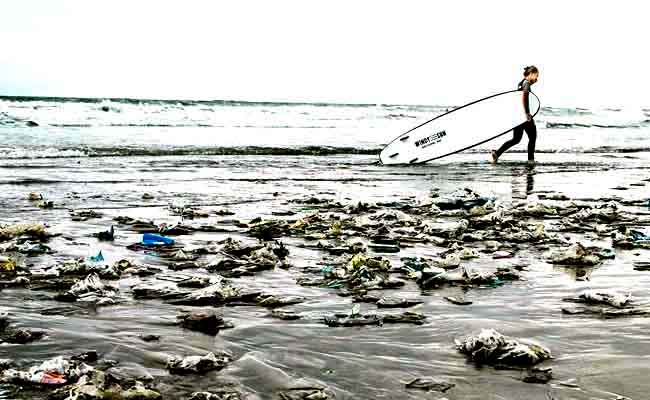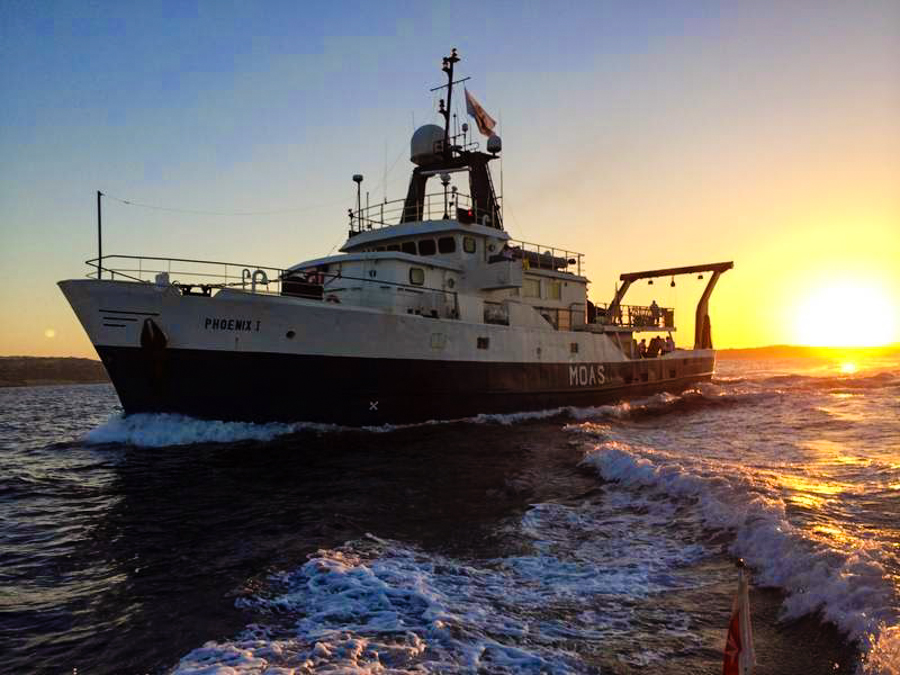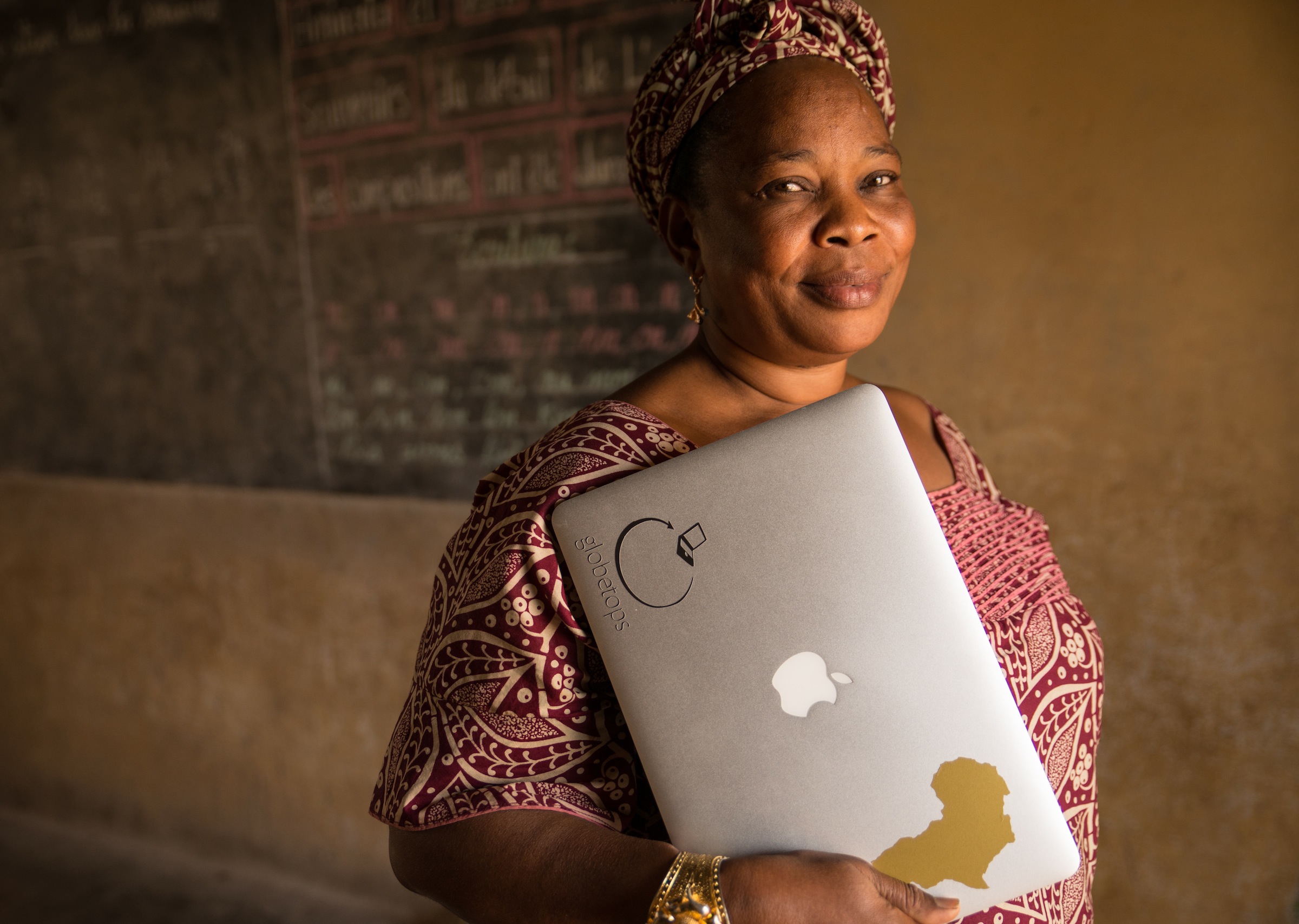Julia Roberts Is Mother Nature
I won’t hold back from saying, I like redheads. But I like them even more when they’re telling me how to treat Nature. Thank you Julia, I feel more empowered to be ecologically aware of my habits.
A Tricky Supreme Court Case Might Completely Shift Cannabis Laws In Canada (Good News)
As convoluted and confusing as legislation can sometimes be, there does exist the odd case where it actually works in the people’s favor.
Take, for instance, what is currently happening in a Supreme Court case involving a former weed banker named Owen Edward Smith. Smith was called to Canada’s Supreme Court because the Crown wants to appeal his acquittal and convict him of being a drug dealer.
Back in 2009, Smith was one of the leading cannabis bakers for the Cannabis Buyer’s Club of Canada (now operating under the name Victoria Cannabis Buyers Club), an organization that sold edibles and oils to medical marijuana users. Unfortunately, Smith was eventually charged because it was later revealed that only 5-10 percent of his clients were actually licensed medical marijuana users, obviously a big no-no under Canadian law.
But a tricky clause under 55(1) of the CDSA could be Smith’s mighty saviour. The clause allows for specific exemptions for pot possession. Furthering this exemption is a foggy regulatory scheme – called the Marihuana for Medical Purposes Regulations -which allows people with illnesses to legally access pot, reports VICE Canada.
This means that if a lawyer can successfully argue that a ban on marijuana derivatives, such as edibles like pot brownies, violates medical users’ constitutional rights, it could completely shift Canadian marijuana laws.
” Depending on the ruling in the first medical marijuana case to hit the Supreme Court, medical users and recreational consumers might one day be able to walk in to stores and buy medicinal pot products straight off the shelf, similar to plants like Echinacea or St. John’s Wort,” wrote Sam Cooley of VICE.
But the clause that Smith’s lawyer, Kirk Tousaw, is capitalizing on has a sticky requirement, that is, a medical marijuana patient can only have dried bud on them.
Tousaw argued that the exemption is arbitrary and opens up medical users to the heavy hand of the law if patients want to cook weed into a brownie rather than smoke a joint. This grey areas makes it too easy for medical marijuana users to get into trouble under Canadian law, says Tousaw.
But Crown prosecutor, Paul Riley, argued that medical users claiming a non-existent exemption for extracts are just choosing an illegal form of medical marijuana over legally-available prescription drugs derived from pot, such as Marinol or Sativex. He also pointed to the option for patients to vaporize weed instead of turning it into something else.
Tousaw sees this case as an effective opportunity to expose the ambiguity of current marijuana legislation.
” At some point the endless cycle of litigation on this issue needs to cease,” Tousaw told the high court, saying the issue has been ambiguous for at least 15 years.
Surprisingly, Tousaw told VICE he felt that the court was receptive to his arguments.
” You don’t want to read too much into the tenor of the [judges’] questioning,” he said. ” But the Crown got the rougher end. We were in the happier position, because the other side has to convince to the court that the other [lower judges] got it wrong. It’s nice to be on that side of the fence. “
VICE asked about Tousaw’s proposition to the court to remove medical marijuana from the CDSA , which would automatically make medical marijuana – in all of its numerous forms – part of Canada’s Food and Drugs Act.
This would see it immediately classified as a ” Natural Health Product.”
Justice Thomas Cromwell put the implications of Tousaw’s bold request into context:
” You want us to dismantle the regime, ” he told Tousaw.
Tousaw described what his remedy would look like:
” The real change would be the consumer end. Consumers and patients can grow and possess without fear of criminal sanction. It takes patients out of the justice system and leaves commercial (buyers) and sellers highly regulated,” he said.
Of course, you’d still need a doctor to perform the role of gatekeeper in order for patients to obtain weed. However, Tousaw said that even physicians can create arbitrary rules for accessing medical pot, and added there is a legal precedent for the state to want to control or prohibit recreational marijuana.
He referenced a new policy being adopted by the BC College of Physicians that could see an age minimum of 25 placed on prescribing medical pot to ill patients, some of whom have neuropathic pain from ailments like cancer.
” Maybe doctors shouldn’t be the gatekeepers, maybe we need to make it naturopathic doctors; people who are familiar with herbs that understand the actual science and risk profiles,” he said.
We want to hear your thoughts about this new proposal. Do you think that marijuana should be classified as an over the counter “Natural Health Product” to become more easily accessible to those in need? Share with us in the comment section below!
Take The 30 Days of YOU Challenge!
Take the free 30 Days of You Challenge and discover more about your heart, mind and soul.
There are powerful benefits associated with taking time to relax, meditate, do something you love, journal, reflect or get started on a new hobby, but that means dedicating YOU time for it.
This challenge will help you set out on a journey to getting powerful habits started that can transform your life.
Join the free challenge and get the full guidelines on how to do it as well as support throughout the challenge.
Adidas Wants To Turn Ocean Plastic Into Sportswear
by Lorraine Chow
Would you buy shoes or clothes made from trash that is recovered from the ocean?
Adidas has partnered with Parley for the Oceans to develop materials made from ocean plastic waste to use in its products starting in 2016. The sportswear giant will also phase out plastic bags in its 2,900 retail stores around the world. Parley for the Oceans is a team of artists, musicians, actors, directors, fashion designers, journalists, architects, product inventors and scientists that addresses major threats to the world’s oceans.
“The conservation of the oceans is a cause that is close to my heart and those of many employees at the Adidas Group,” said Eric Liedtke, Adidas Group executive board member responsible for global brands. “By partnering with Parley for the Oceans we are contributing to a great environmental cause. We co-create fabrics made from ocean plastic waste which we will integrate into our product.”
As we previously mentioned, plastic-from plastic bags and bottles to tiny microbeads of plastic broken down from larger sources-is a major threat to marine life and marine ecosystems. The staggering 8 million tons of plastic tossed into the oceans every year also causes about $13 billion in damages annually.
“Our oceans are about to collapse and there is not much time left to turn it around. Nobody can solve this alone. Everyone has to be part of the solution. And collaboration is the magic formula,” said Cyrill Gutsch, founder of Parley for the Oceans. “We are extremely excited about this partnership. There is no other brand that carries the culture of collaboration in the DNA like Adidas. Together, we will not only focus on creating the next generation of design concepts, technologies, materials and products. We will also engage consumers, athletes, artists, designers, actors, musicians, scientists and environmentalists to raise their voice and contribute their skills for the ocean cause.”
Besides Adidas, many other major clothing companies are ramping up their sustainabilitypractices. Outdoor clothing company Patagonia is making efforts to get rid of toxic chemicals in their materials. Additionally, fast fashion retailer H&M is the world’s largest purchaser of organic cotton and has set up an in-store recycling program, which has brought in around 13,000 tons of clothing.
The announcement from Adidas coincides with the publication of their 15th annual sustainability report, which highlighted the company’s efforts to green up their gear. According to the report, the iconic sportswear brand has used more sustainable cotton than ever before, with 30 percent of all its cotton coming from sustainable sources, exceeding the originally planned 25 percent target. The company has committed to 100 percent sustainable cotton by 2018 and has also increased quantities of recycled polyester into their product line.
Adidas, along with Nike and Puma, made a major commitment to eliminating all discharges of hazardous chemicals throughout their supply chain and across the entire life cycle of their products by 2020. However, environmental groups such as Greenpeace criticized the sportswear brands last May for failing to take the critical steps needed to meet its target.
But now, in its most recent Detox Catwalk report, Greenpeace praised the clothing brand for its latest environmental initiatives. “Adidas is now back on track as a Detox leader. Two years after it crossed the line as one of the original Detox pioneers, Adidas began failing to meet its commitment. That was until global pressure from the Detox movement helped it get back on side in June 2014,” Greenpeace said. “Adidas has delivered on its commitment to ensure that 99 percent of its wet processing supply chain facilities in China publicly report data via the credible Institute for Environmental Affairs platform. It also publishes its list of suppliers and encourages facilities to divulge their respective customers when reporting data.
Source:
Canadian Indigenous Group Rejects $960Million, Halts Pipeline Plans
(ANTIMEDIA) As the oil and gas industry seemingly attempts to swallow up pristine land at any cost, one indigenous band in British Columbia has proven an old adage false – not everything can be quantified with a price tag. The Lax Kw’alaams Band rejected an energy giant’s plans for a liquefied gas shipping terminal that would have given each member roughly $267,000 – bucking short-sighted gain in favor of sustainability.
Malaysian energy giant Petronas and its partners sought to build the $30 billion Pacific NorthWest LNG terminal on the isolated western coast of the Canadian province as part of the larger Prince Rupert pipeline project, and offered the 3,600-member first nations group nearly $1 billion to do so. But the group demurred.
“Hopefully, the public will recognize that unanimous consensus in communities (and where unanimity is the exception) against a project where those communities are offered in excess of a billion dollars, sends an unequivocal message this is not a money issue: This is environmental and cultural,” explained the community’s mayor, Garry Reese in an announcement.
Reaching a consensus after six public meetings, the Lax Kw’alaams felt the cultural and environmental consequences of a bustling shipping terminal would be too extensive to warrant their approval, no matter the monetary gain.
In a statement explaining their decision to refuse the offer, Lelu Island was a salient concern since the LNG facility was slated to encompass virtually its entire surface area. Not only would the band lose access to procure traditional plants and medicines, but over 400 culturally modified trees would be destroyed during the facility’s construction. Such cultural losses, they believe, couldn’t possibly be monetized.
Of vital importance to the coastal community’s well-being are its marine resources, so the construction process, location of the port’s infrastructure, and volume of shipping traffic all had to be considered. By Petronas’ projections, an average of one ship a day would traverse the delicate habitat, so the Lax Kw’alaams feared even if construction were accomplished with minimal negative effects, the ongoing activity would be too disruptive to the delicate marine environment. Even modified plans still seemed to risk major damage to the breeding ground of a local salmon species on which their livelihood depends on.
The relatively tiny group had such clout, in part, from tough indigenous rights law that was strengthened last year by Canada’s Supreme Court. Groups like the Lax Kw’alaams who do not hold treaties with the government, must be consulted for projects that will transpire on their land, and plans are subject to modification to suit the group’s needs. Though the law doesn’t expressly give such groups an ultimate veto power, the negative socio-political ramifications for any company choosing to forge ahead with undesirable plans, act as an unstated stopgap.
Canada’s fossil fuel industry hasn’t been faring well of late, and though this rejection represents another defeat for the energy giants, activists see a break in the clouds.
A separate project, the Northern Gateway Pipelines, has faced strong resistance from Aboriginal groups in both British Columbia and Alberta as well as from Alberta’s new premier Rachel Notley. Notley vowed ahead of her appointment that she would withdraw provincial support for the plans. “Gateway is not the right decision. I think that there’s just too much environmental sensitivity there, and I think there’s a genuine concern by the indigenous communities,” she said, as reported in the Calgary Herald. “It’s not going to go ahead. I think most people know that.”
Notley also stated she wouldn’t be pressuring the White House to complete the last leg of the stalled Keystone XL Pipeline, which is the controversial proposal to transport Canada’s tar sands oil across the US to the Gulf Coast of Texas.
Refusal by the small and relatively obscure group of Lax Kw’alaams to be purchased out of their traditional land is a beautifully symbolic but no less powerful event. In fact, it is a reminder of Margaret Mead’s compelling exhortation,
“Never doubt that a small group of thoughtful, committed citizens can change the world; indeed, it’s the only thing that ever has.”This article (Canadian Indigenous Group Rejects $960 Million, Halts Pipeline Plans) is free and open source. You have permission to republish this article under a Creative Commons license with attribution to the author and TheAntiMedia.org. Tune in! The Anti-Media radio show airs Monday through Friday @ 11pm Eastern/8pm Pacific. Help us fix our typos: [email protected].Follow @TheAntiMedia1
Multiple Airlines Will Now Refuse To Ship Hunting Trophies!
In the wake of controversy over the poaching of endangered animals, a number of airlines are now refusing to ship hunting trophies. According to multiple reports, Emirates Airlines and others will now be refusing to ship endangered animals.
According to a recent press release from Emirates SkyCargo:
Please be advised that effective 15th May 2015 Emirates SkyCargo will not accept any kind of animal “Hunting Trophies” for carriage on Emirates services. This restriction shall be applicable to all animal hunting trophies, protected under the Convention on International Trade in Endangered Species of Wild Fauna and Flora (CITES), as well as includes species, that are not threatened with extinction now, meaning all CITES & Non-CITES species.
This decision is to support international governments, intergovernmental and non-governmental organizations, that are managing wildlife population towards sustaining the task to eliminate illegal trade and transportation of hunting trophies worldwide and saving wildlife heritage.
The list below, courtesy of traveller24, lists the airlines that have specific policies in regards to the shipment of hunting trophies.
Some major airlines, such as Delta, currently allow hunting trophies to be shipped, and are now facing pressure from different groups to join the embargo.
John Vibes writes for True Activist and is an author, researcher and investigative journalist who takes a special interest in the counter culture and the drug war.
.
French MPs propose forcing supermarkets to hand over all unsold food to charity
The French MPs believe that despite a “national pact against food wastage” launched last year in France, measures preventing still-edible food being thrown away are “insufficient”.
They cited a World Food Organisation estimate that a third of food products on the planet that are still fit for human consumption are currently “lost or wasted”.
The MPs said they were targeting larger food chains as their “logistics and important stock” made it easier for them to organise such donations than smaller shops.
In France alone, each supermarket produces 200 tons of waste per year. The French throw away between 20 to 30kg of food waste each year, seven of which are unopened when they hit the rubbish bin – representing an estimated €400 (£318) of wasted food per home.
French supermarkets already hand over large amounts of unsold foodstuffs to charity, with Secours Populaire, one association, saying half of the meals it distributed to the poor last year came from big food stores.
Gaëtan Lassale, head of the French federation of food banks, welcomed the proposal, saying: “Donations already work very well in France thanks to tax break incentives, but this text is a good thing as it will enable us to gather even more unsold produce.”
However, he told Le Journal du Dimanche the proposed law would put charities under financial strain as they would be forced to invest in “cold storage, refrigerated lorries or hangars” to store the food.
“Who will pay?” he asked.
Officials of the European Commission recently tabled proposals to allow national governments to extend the list of foods that do not require best-before dates, in a move which they believe will mean 15 million tons less food a year is discarded by households wrongly worried that it is no longer fit for consumption.
In the UK, the Government has estimated that unnecessarily discarded food costs the average British household £480 a year, rising to £680 for a family with children, the equivalent of about £50 a month.
Families still discard 7.2 million tons of food and drink every year, most of which could have been eaten.
Britain has not yet backed the EU proposals and has instead urged a full investigation into safety aspects of the change.
Wealthy businessman buys $8 million rescue boat and saves thousands of migrants in makeshift vessels
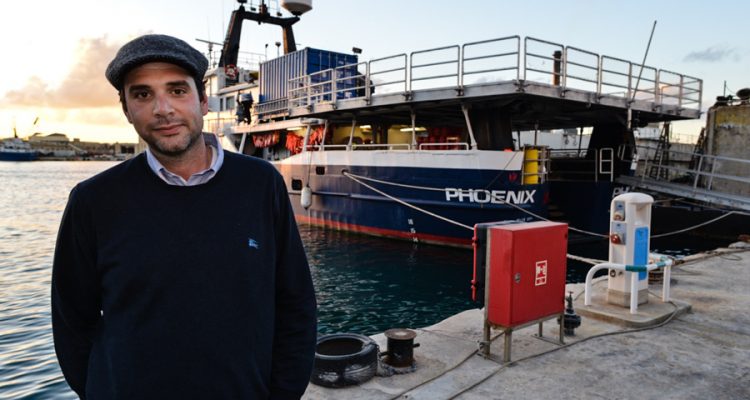
Civil unrest in parts of the Middle East has left many citizens to gamble between makeshift boats on the open ocean and the danger ashore.
Taking to the sea, many are trying to cross the Mediterranean Sea to get to Europe. According to Amnesty International, last year 218,000 migrants tried to escape and 3,500 drowned, making it “the deadliest sea crossing in the world.” Amnesty International said the rate of those crossings are 50 per cent higher than last year and hundreds have already drowned this year. The cause of drowning is due to impractical makeshift boats that are often over packed, causing the boats to sink.
After a cruise on their private yacht witnessing a floating jacket said to belong to a drowned victim, Christopher Catrambone and his wife Regina Catrambone decided to take matters into their own hands. Catrambone, a wealthy businessman from the United States, invested $8 million and bought a 40-metre-long rescue boat, two drones, and hired a 20-person crew including sailors, rescuers, doctors, and paramedics to save those stranded at sea. Their vessel named “Phoenix” will cruise under the Migrant Offshore Aid Station (MOAS), an organization based in Malta that saves lives at sea. The vessel operates between Italy and Libya.
In a BBC article, Catrambone said, “We are making history in many ways by being the first civilian ship to use such grand technology. We hope that this is going to change the environment for rescue at sea. We’re innovators here. We’re trying to do something that no-one else has been able to do. We’ve put our money where our mouth is.”
In their first mission, they rescued 271 people including over 100 women and children. In just 60 days, Catrambone and his crew saved 3,000 lives.
The journey between Libya and the nearest Italian shore is in Sicily, a distance just over 520 kilometres and to travel in a boat with a motor takes less than a day. Migrants land on islands in the middle of the Mediterranean Sea such as Lampedusa and Malta, but both islands don’t have the resources or the capacity to keep up with the amount of arrivals.
Migrants who are rescued are often dehydrated and hungry due to the long distance they travel. On the Phoenix, they’re given blankets, water, an energy bar, and if they are in severe condition the medical team will look after them.
Photo by: Giles Clarke
In a NPR article Catrambone said, “Thousands of people are dying. As we stand here we just received news that 10 more migrants died.” No European country has a search-and-rescue operation fully dedicated to saving migrants at sea, according to Catrambone. Italy abandoned their search-and-rescue mission in 2014 due to EU members saying they were unable to fund it.
Concerned that offering aid would promote taking the risk to escape, politicians remain stagnant. Martin Xuereb, the director of MOAS and Malta’s former Chief of Defence disagree with politicians and said in an interview with Sky News, “Politicians need to remove politics from search-and-rescue and put saving lives at the top of the agenda.”
The Phoenix will redeploy in May this year, committed to saving the lives of those stranded at sea.
Sources: esflc.org, francetvinfo.fr, nydailynews.com, blogspot.com,
4 Reasons Why This is The Future Food
The future food is called Entomophagy; the practice of eating insects – including arachnids and centipedes – and it is becoming popularized with every eco awareness campaign. I’ll explain concisely: It’s Nutritious. More iron than spinach and all 9 amino acids can be found in cricket flour. It looks like we’ve got a superior nutrient rich …
Your Old Laptop Can Bring Change In Enormous Ways
So I just got off the phone with Becky Morrison, the founder of Globetops, an organization that receives your unused old laptop, cleans ’em up and sends them to social entrepreneurs in remote or technologically-deficient parts of the world. Maybe this sounds trivial, but as an active member of humanitarian organizations, I can tell you that it isn’t being done …

